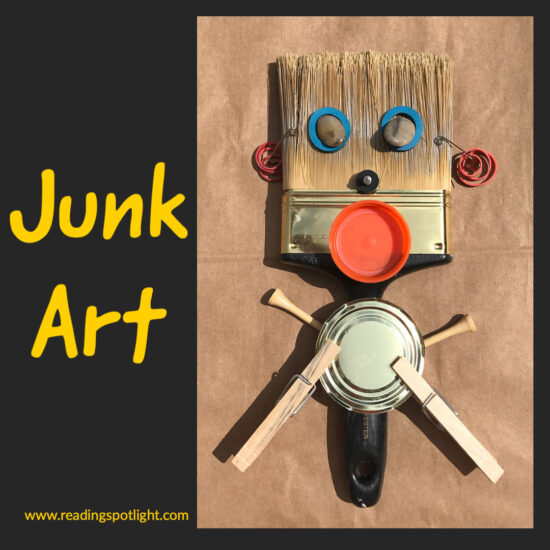One of the best things about teaching reading is that you can find anything to read about any holiday and make it teachable. (Before 2022, anyway.)
When April rolls around, one of my favorite Earth Day activities is having students make Junk Art and write stories about their creations. I have found that it is usually much easier to have students write stories after they have created art.
For starters, try reading Magic Trash, a picture book biography of artist Tyree Guyton who uses recycled trash for his art in the city of Detroit.
Encourage your students to read stories, sing songs, color, and learn about the environment by using this free US Government site from the
National Institute of Environmental Health Sciences:
Kids will love their homework if you assign a visit to the site.
Then consider having the class make Junk Art. Here’s how I did it:
1. Ask your local grocer for a donation of 25 (class size) brown bags on April 1. Better yet, save them up over a year.
2. Show some Pinterest Pins of Junk Art to inspire them. There are many, such as these
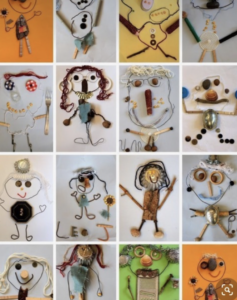
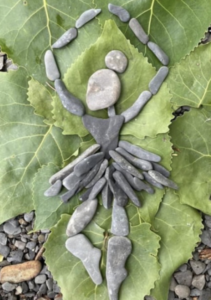
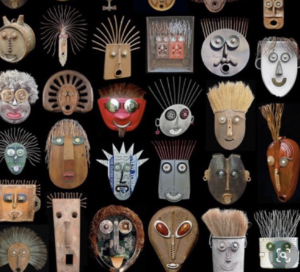
3. Have students start bringing in any small junk items they think can be used for Junk Art — some pieces for themselves, and some to share with others. For safety, I tell the kids that I will bring pieces of glass and can lids myself, having saved them in an old shoe box over a period of months. I scrape any sharp edges away on my cement driveway.
4. Put all the buttons, screws, bottle caps, small stones, pieces of fabric, yarn, etc. into a bin or bucket. Nothing new! As recycled art, every item has to have a previous purpose. If you have one available, spread the junk out on a table for inspiration. Keep some sandwich bags nearby for kids who want to use some particular items they have found. Glass and can lids should be separate from this display as a reminder about safety. They may look at everything, but not touch…yet.
5. Ask the students to begin thinking and then drawing (in their free time or for homework) what they might like to create and then write a story about.
6. Before Earth Day, pass out the paper bags. Each student should begin to choose some items to recycle into art.
7. Have the kids lay out their creations, and then glue, paste, or tape items on to the bags. Do this yourself when necessary, especially for items like can lids.
8. Hang the bags up in the halls right before Earth Day, April 22.
9. While students are working and you are hanging up the Junk Art, the kids can begin to write stories about the figures they designed.
10. Correct the stories and have everyone rewrite neatly on to theme paper. Explain that people in the hall want to be able to read and understand their stories. The sharing experience can help to encourage neatness and accuracy if framed well.
11. Staple the stories to the bottom of the bag as the stories are finished. Hall readers seem to show respect for these student creations. I have never had any destruction whatsoever.
12. Share the stories later in May when the junk art is taken down from the hall. Be sure each child shows the junk art creation before reading the story to the class.
You can use my FREE Story Grid to help with the story writing:
For another Earth Day Activity, consider this inexpensive
The script is designed for school PA systems, and it requires no memorization. It is adaptable to classrooms of various sizes and reading levels.
Happy reading, writing, and creating with recycled junk, and, of course,
Happy Earth Day!
© Reading Spotlight 2022
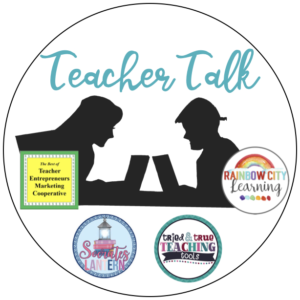
Here are some interesting posts about education from my friends at TBOTEMC


